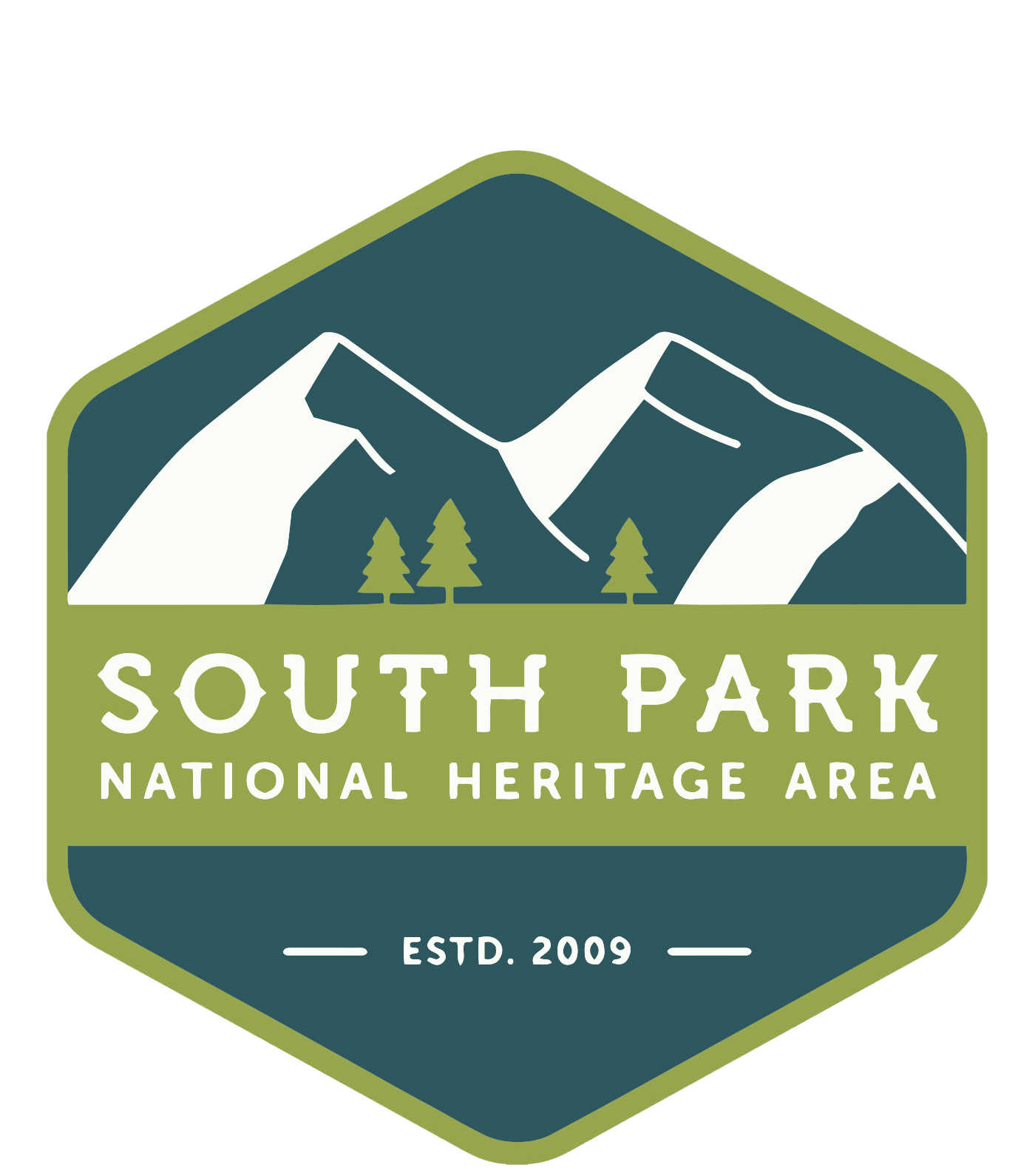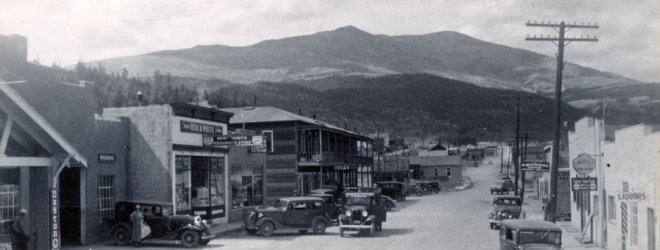Alma was the supply and service center for Park County mines and the smelting center of South Park. The town was established at the junction of Buckskin Creek and the South Platte River seven miles north of Fairplay as a result of new silver discoveries. Alma received its post office on March 7, 1873 and the town incorporated in the same year. Alma is perhaps most notable as the highest incorporated town in the United States at 10,355 feet above sea level. One story reports that in 1872, J.B. Stansell and Abraham Bergh built the first house in Alma for a merchant who named the town after his wife, Alma Janes. Others report that Alma Graves, wife of Abner Graves who operated the Alma Mine, was the lady for  whom the town was named. Still others state that the community was named after Alma Janes (or Jaynes), daughter of an early settler named Addison Janes, who was one of the people responsible for the incorporation of Fairplay in 1869. Regardless of the inspiration for the name, the location of the town was important: it was accessible to the silver mines such as those on Mount Lincoln and Mount Bross and was also conveniently located for workers in the gulches of Mosquito and Buckskin creeks.
whom the town was named. Still others state that the community was named after Alma Janes (or Jaynes), daughter of an early settler named Addison Janes, who was one of the people responsible for the incorporation of Fairplay in 1869. Regardless of the inspiration for the name, the location of the town was important: it was accessible to the silver mines such as those on Mount Lincoln and Mount Bross and was also conveniently located for workers in the gulches of Mosquito and Buckskin creeks.
Alma had several early newspapers and was served by Methodist, Catholic, and Presbyterian churches. Seven stagecoaches operated from Alma to Leadville before the railroad arrived at Leadville in 1880. It was reported that the manager of the Moose Mine would not allow saloons or gambling in the town named after him (Dudley), so those operations flourished at Alma. Unfortunately, the lively mining town’s population began to drift away as nearby Leadville boomed, but the 1882 arrival of the Denver, South Park & Pacific Railroad in nearby Alma Junction helped boost the number of residents.
In 1907, a fire destroyed many of the businesses in Alma, including the post office, but the hardy residents of the town were not deterred by the setback. Hard times in the urban areas of Colorado during the Great Depression translated into good economic times for Alma as many out of work people searching for gold came to the area. Alma was considered a boom town in the 1930s, when residents could choose from several grocery stores, seven saloons, a high school, and a theater “as big as a gymnasium.” In 1933, an increase in the price of gold stimulated greater interest in gold mines in the vicinity of Alma. The once empty houses in the town then filled, and many new dwellings were built to house incoming people. In 1935, the Leadville Herald-Democrat noted that an “indication of the mining revival in Park County is the appearance of a weekly newspaper in Alma–the Park County Leader and Alma Bulletin.”
 Half a block of business buildings and three cottages in Alma burned in 1935. The conflagration was called the “worst fire in the history of the town” which was then in the midst of a comeback. Nearly all the residents of the town took part in battling the blaze, but the effort was hampered by the lack of a town water system and strong winds that fanned the flames. Another fire in March 1937 virtually wiped out the business district of Alma, causing $100,000 in damage. The fire started in a frame building used as a beer parlor and spread quickly along the town’s business street, but firefighters were “almost helpless,” since Alma lacked a water system and the stream was frozen.
Half a block of business buildings and three cottages in Alma burned in 1935. The conflagration was called the “worst fire in the history of the town” which was then in the midst of a comeback. Nearly all the residents of the town took part in battling the blaze, but the effort was hampered by the lack of a town water system and strong winds that fanned the flames. Another fire in March 1937 virtually wiped out the business district of Alma, causing $100,000 in damage. The fire started in a frame building used as a beer parlor and spread quickly along the town’s business street, but firefighters were “almost helpless,” since Alma lacked a water system and the stream was frozen.
Alma rebuilt yet again, but many of its nearby mines had closed by 1950 and it never returned to its 1930s prosperity. Mining still plays a role in the economy of modern Alma, but the focus has shifted to tourism and providing services to recreationists.

